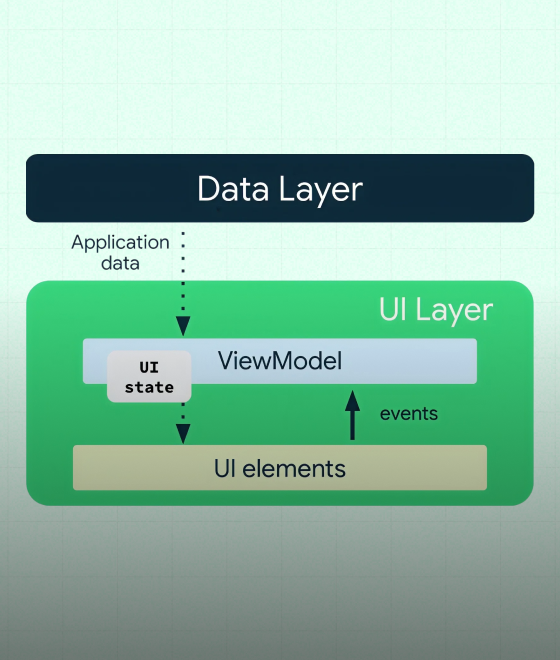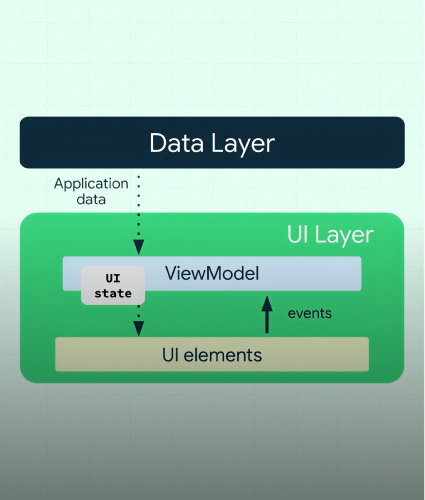What Is Usage-Based Pricing in SaaS?
Definition and How It Works
Usage-based pricing, also known as pay-as-you-go or consumption-based pricing, charges SaaS customers according to how much they actually use a service. Instead of a fixed monthly fee, bills are based on exact metrics like API requests, amount of data processed, number of active user seats, or data storage consumed. This approach makes sure the cost reflects the value a customer receives.
Usage-Based vs Subscription Pricing
Traditional subscription plans provide steady monthly costs, but they can mismatch what a customer actually needs. With usage-based pricing, customers are more confident they are paying only for what they use. It also allows businesses to quickly scale, since charges increase only with usage. Many companies now combine the two, offering a small base fee plus usage charges to keep some predictability.
Why Usage-Based Pricing Is Gaining Popularity
Alignment with Customer Value
Today’s customers want clear, fair pricing. By tying charges directly to how much the service is used, companies can prove they deliver real value. This transparency strengthens customer trust and leads to higher satisfaction, both of which are key for keeping customers over the long run.
Better Revenue Predictability with the Right Tools
At first, usage-based models might seem hard to predict, but new billing solutions come with robust analytics, real-time metering, and forecasting capabilities. These tools let businesses track usage patterns and use AI to project future revenue based on how customers behave. This kind of insight makes it easier to plan for the future, even with a variable pricing structure.
Real-World Examples of Usage-Based Pricing in SaaS
1. Twilio - Pay-Per-Action Communication
Twilio lets developers send SMS, make voice calls, and send emails without upfront fees. You only pay for what you use, making it easy for small startups to start and big companies to grow without worrying about wasted costs.
2. Snowflake - Pay-for-Compute Cloud Data Warehousing
With Snowflake, you pay for the compute power and storage you actually use. Their dashboard shows you real-time usage, so you know exactly what you’re spending and can manage costs before they add up.
3. Zapier - Task-Based Automation Pricing
Zapier combines usage limits with monthly tiers. Each tier gives you a set number of “tasks” you can run. If you need more, you can pay for extra tasks, so you get the predictability of a set bill but can still scale up when you need to.
Key Strategies to Implement Usage-Based Pricing
Analyze Product Usage Metrics
To set up usage-based pricing, you first need to know how customers really use your product. Start by picking a key value metric. This could be things like the number of API calls, the number of active users, emails sent, storage taken, or tasks completed.
After you find your core metric:
- Use product analytics tools like Mixpanel, Amplitude, or Heap to track every bit of user behavior.
- Look at leading signs like how often new features get used and how often users log in.
- Keep an eye on customer health scores to match pricing with actual usage and catch signs of churn early.
Build dashboards to review usage trends every month so you can adjust tiers, discounts, or minimum charges when you need to.
These SaaS pricing metrics to track will help you spot power users, under-utilizers, and new usage patterns that should influence pricing decisions.
Design Scalable Billing Infrastructure
Behind every great usage-based model is a billing engine that can handle changing input, calculate accurate bills, and grow with customer demand.
To create or add to this:
- Use metered billing systems like Stripe Metered Billing, Chargebee, or custom-built systems for flexibility.
- Set up data pipelines to pull real-time usage data from your product backend with tools like Segment or Apache Kafka.
- Check that data is accurate and backed up, since usage data affects financial transactions.
- Add overage handling, usage limits, and alerts to avoid billing surprises and disputes.
- Automate reconciliation and invoicing so each customer sees a clear breakdown of cost drivers.
Whether you pick cloud-native tools or third-party platforms, the billing stack should be secure, modular, and easy for developers to work with.
Communicate Pricing Transparently
No matter how technically strong your model is, customer adoption depends on how clearly you explain it.
Here’s how to make pricing clear for everyone:
- Build a pricing table with clear tiers that show usage limits, overage fees, and descriptions that connect value to cost.
- Add an interactive calculator so prospects can plug in their expected usage and see a rough monthly bill.
- Connect a real-time billing dashboard that tracks usage, breaks down costs, and projects future bills.
- Send regular onboarding emails, use tooltips, and run webinars that teach customers how to keep an eye on their usage.
- Show alerts and budget caps in the app so customers can manage costs and feel in control.
- When you keep pricing talk open, you build trust and cut down on billing surprises, a big win for usage-based SaaS.
Pros and Cons of Usage-Based Pricing in SaaS
Pros:
- Scalability: Revenue rises as more users come on board.
- Flexibility: Customers can start on a budget and scale as needed.
- Fairness: Users only pay for what they actually use.
Cons:
- Revenue Volatility: Bills can swing up and down each month.
- Billing Complexity: You need strong tracking systems to keep up.
- Customer Confusion: A clunky pricing experience can push users to leave.
When to Use (and Avoid) Usage-Based Pricing
Ideal Product Types
Choose products that deliver value in growing, clear chunks, like bandwidth, transactions, data processing, or API calls. Tools aimed at developers or platforms where usage varies a lot usually see the best results.
Red Flags for This Model
If your SaaS shows low daily engagement or if each user’s value is hard to pin down, it is wise to stick with standard or hybrid pricing. Customers often lean toward flat fees because they feel simple and predictable.
How Zignuts Can Help You Implement the Right Pricing Model
At Zignuts, we empower SaaS companies to build platforms that grow, delight users, and monetize smartly. Whether you want to weave in usage-based billing, drill down into your pricing metrics, or create clear consumption dashboards, our team is ready to consult, code, and launch solutions that tie pricing to the value each customer receives. From backend engineering to testing pricing designs, we blend deep SaaS know-how with agile thinking, so you can make better choices that boost your bottom line.
Conclusion
Usage-based pricing is more than just buzz; it’s a smart shift toward growth that is all about the value you deliver. Equip your team with the right tools, keep customers in the loop, and roll everything out carefully, and your company can tap into scalable revenue and happy users. Dive into the lessons learned by industry leaders and apply the steps we’ve shared here to drive your product and your business forward.




.svg)

.svg)



.svg)

.svg)

.png)
.png)







.png)
.png)
.png)

.png)
.png)



